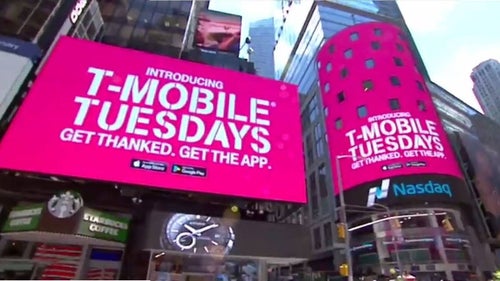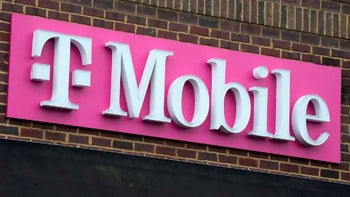Google wants to minimize the time you spend stuck at a traffic light by using AI

Google's Project Green Light is tackling traffic congestion and emissions by optimizing traffic lights using AI and data from Google Maps. This innovative initiative aims to reduce greenhouse gas emissions caused by vehicles stopping and starting at intersections, a significant contributor to urban pollution.
Project Green Light's AI model analyzes traffic flow patterns at intersections, including stopping and starting frequency, average wait times, and coordination between adjacent intersections. By identifying potential improvements, such as shortening red light durations during off-peak hours or syncing traffic lights at uncoordinated intersections, the project offers recommendations to city engineers. These recommendations can be easily implemented within minutes, utilizing existing infrastructure.

The initiative has been piloted in over a dozen cities worldwide, including Rio de Janeiro, Seattle, Bengaluru, and Boston. Google provides partner cities with a comprehensive dashboard that offers city-specific recommendations and analytics. This dashboard tracks the impact of implemented recommendations, such as the number of stops drivers have saved over time, further incentivizing cities to adopt Green Light at more intersections.
Currently operational at over 70 intersections, Green Light has already reduced fuel consumption and emissions for up to 30 million car rides per month. Early data suggests the potential for up to a 30% reduction in stops and a 10% reduction in emissions at intersections.
The Google team behind Project Green Light says it is committed to expanding the initiative to hundreds of cities and tens of thousands of intersections in the coming years. Furthermore, they envision a future where smoother traffic flow becomes the norm, not just a lucky occurrence.
Project Green Light exemplifies how technology can be harnessed to address real-world environmental challenges. By leveraging AI and data from Google Maps, the project offers a tangible solution to reduce traffic congestion and emissions at intersections.

The initiative has been piloted in over a dozen cities worldwide, including Rio de Janeiro, Seattle, Bengaluru, and Boston. Google provides partner cities with a comprehensive dashboard that offers city-specific recommendations and analytics. This dashboard tracks the impact of implemented recommendations, such as the number of stops drivers have saved over time, further incentivizing cities to adopt Green Light at more intersections.
Currently operational at over 70 intersections, Green Light has already reduced fuel consumption and emissions for up to 30 million car rides per month. Early data suggests the potential for up to a 30% reduction in stops and a 10% reduction in emissions at intersections.
The Google team behind Project Green Light says it is committed to expanding the initiative to hundreds of cities and tens of thousands of intersections in the coming years. Furthermore, they envision a future where smoother traffic flow becomes the norm, not just a lucky occurrence.
Project Green Light exemplifies how technology can be harnessed to address real-world environmental challenges. By leveraging AI and data from Google Maps, the project offers a tangible solution to reduce traffic congestion and emissions at intersections.
This approach has the potential to significantly improve air quality, reduce fuel consumption, and enhance the overall driving experience for millions of people. As Project Green Light continues to scale and expand, it is likely to become an example of how technology can be used in real-life applications for everyone's benefit.










Things that are NOT allowed: